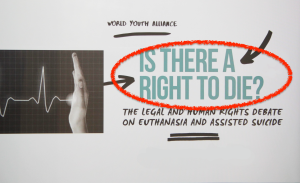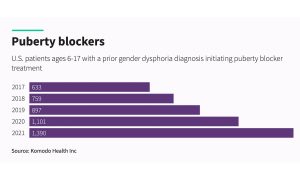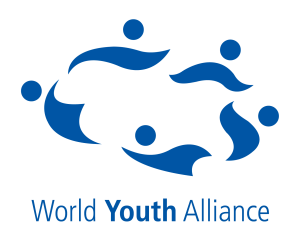by Evelyn Tzeng
 |
| Evelyn delivering WYA’s intervention at the 45th CPD |
Before participating in the 45th session of the Commission on Population and Development (CPD), one of my tasks given by WYA was to write an article on the conference relating to sustainable development. However, the conference focused so much on sexual and reproductive health that sustainable development was rarely mentioned to the extent that I don’t even know how to start my article. This is a reflection of the imbalance in the CPD 2012.
Ever since the draft resolution, the overall focus has been tilted as the ratio of paragraphs addressing education and health are almost 1:3, in which over half of the paragraphs on health focus on sexual and reproductive health. Among the youth population today, 75 million are unemployed, 100 million are not in school. According to these statistics from Secretary-General Ban Ki-Moon’s opening speech, it is clear that the youth are facing so much more diverse issues across various fields and should not be overlooked.
In the 45th session of the CPD, the theme appropriately addresses adolescents and youth, the population with the greatest potential of innovation. Despite all the challenges faced by today’s youth, right after the opening of the 45th session, the whole morning was saturated with languages on sexual and reproductive health. During the course of the conference, certain countries even stated that pregnancy and delivery are the biggest reasons of the death of young girls in the developing world. This language may sound reasonable at first glance, but if you read closely again, it only takes a second to realize the fallacy behind it. Pregnancy does not cause death, complications do; and there are feasible measures to prevent and address the complications, such as education and skilled birth attendants. Isn’t that statement an over-generalization? Similar languages and logic can be found in the conference every now and then which neither reflect nor address the issues faced by today’s youth. Up to the end of the 45th session, the delegates still couldn’t reach a consensus on the key draft resolution until temporarily suspending the meeting for consultation. After the consultation, the CPD resumed and the delegates were able to produce a document that was more balanced than expected, especially in light of the imbalance within statements and discussions.
One-third to one-half of the population today is adolescents and youth. Still, many of them are stranded due to the vicious circle of lack of education and healthcare, poverty and unemployment. As stated in the WYA statement to the CPD, “Education is a foundational element of ensuring the health and economic opportunities for adolescents and youth.” The key is education, including vocational training, which will equip young people with the tool to exercise their potential that can drive growth. With proper and quality education, the youth population can rise above unemployment or underemployment, and become the foundation of the work force of society, capable of driving development and change that can benefit all.
As Rio +20 is around the corner, the discussion on sustainable development is heating up. We must bear in mind that it is the human persons that implement and shoulder the effect of all the measures taken to achieve sustainable development. Human persons are the greatest resources and the driver for development. We call on governments to invest in the human capital by investing in education, including vocational training, which equips youth with the basic tool to exercise their potential to make a positive impact on the society. The Chairperson of the Commission on Sustainable Development calls for members to “walk the talk,” putting documents into actions. This is what states, families and individuals should do to create our collective effort toward sustainable development.







